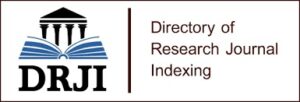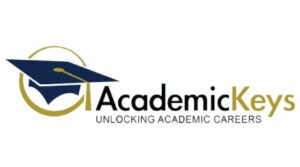Developing Culturally Inclusive Teaching Materials for English Language Learners
The increasing diversity of English language learners (ELLs) in educational settings necessitates the development of culturally inclusive teaching materials. This research explores the significance of integrating students’ cultural backgrounds into English language instruction to enhance engagement, comprehension, and overall learning outcomes. Using a qualitative research approach, the study examines educators’ perspectives and existing instructional materials to identify best practices in cultural inclusivity. Findings suggest that culturally responsive pedagogy fosters a sense of belonging among ELLs, improves motivation, and bridges linguistic gaps. The study highlights strategies such as incorporating multicultural literature, using culturally relevant examples, and engaging students in discussions that reflect their lived experiences. Additionally, it underscores the challenges educators face in balancing standardized curricula with culturally inclusive content. The research concludes that developing culturally responsive materials is essential for promoting equitable learning opportunities for ELLs. This paper contributes to the discourse on inclusive education by providing practical recommendations for educators, curriculum developers, and policymakers.
Keywords: culturally inclusive teaching, English language learners, qualitative research, multicultural education, instructional materials.




















